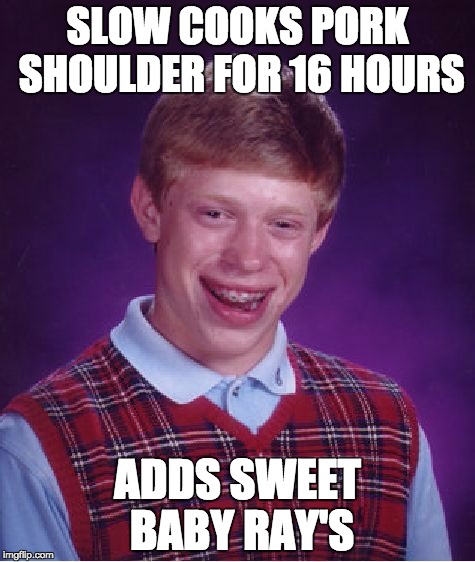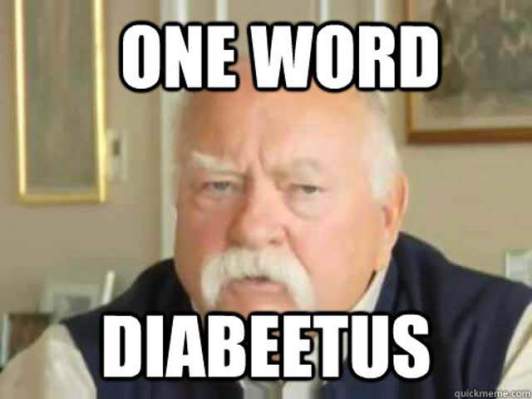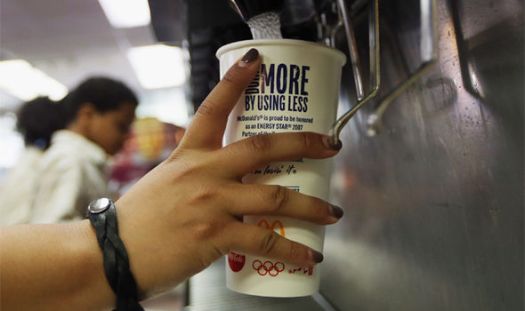Over the past six months I have said many terrible things about the city of Westland. I have done everything from calling out the poor nutrition of its residents to making up fake awards calling it the worst food city in the entire country. During my report about Gus’s World Famous Fried Chicken, I made a claim about Westland’s obesity levels that may have taken it a little far.
But before I get into the rest of this post, I have to admit that I made the title of this post “In Defense of Westland” as click bait. There is no defending Westland. It’s the worst food city in America. There is no real award making that an official statement, only the truth. The only cities that prevail over Westland as having a worse food situation would be those that have no restaurants at all. My goal with this post is to understand why the food is so terrible and to call attention the few places that are getting it right. This is sort of a quasi-internet deep dive, part review, part rant style post and I hope we get to the bottom of why Westland’s food scene is such an absolute shithole.
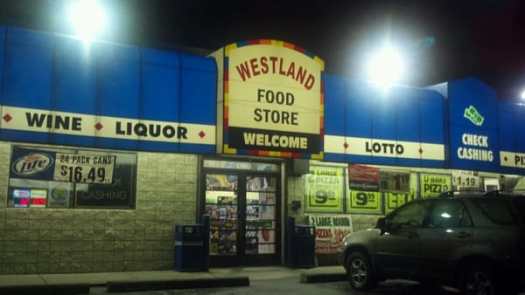
My first step when looking at food in a certain region is to examine the residents. As most American cities were, Westland was inhabited by the Potawatomis, a Native American tribe, in the 18th century. The Potawatomi people hunted deer, elk, and wild birds and caught fish. The Potawatomis were also among the first to tap trees for maple syrup in Michigan. Some even refer to the Potawatomi era as the golden era of food in Westland. In 1827, white people saw this happening and decided to fuck everything up. They saw the maple syrup being extracted from the trees, the women and children gathering berries and then men cooking freshly butchered meat over open fires. They decided that this was unacceptable and they would work tirelessly to ensure that this settlement became home to the worst food in what later became known as America. They also erased any mention of this from prevalent history books so one hundred or so years of history detailing the destruction of culinary practice remains hidden deep in libraries, which no one in Westland knows of.
After World War II an area of Westland known as the Norwayne Historic District was built for defense workers. They were given subsidies for their rent and a small town began to form. They constructed a fire station, two schools and a church. It became home to over 1200 families. After the war was over, the families were given the option to purchase the homes and preference for the leftover homes was given to veterans. In the late 40s, it was a popular place for soldiers returning home to call home. No information was given to these defense workers and veterans about the strict policies still leftover from the early 1800s on food practices in the area. As you can imagine, these was a shock to those who risked their lives for this country. When they returned home expecting a home cooked meal on the table, they were met with well done steaks dressed with ketchup. They fought these policies and argued that the laws were archaic but the town leaders argued that these policies had gotten them to where they were today and must be kept alive. Any deviation in food quality would cause the town to turn to Anarchy.
Over the next thirty years there were many attempts to reverse the laws of the 1800s requiring Westland to remain the worst food city in America. In 1959, Westland appointed Ray Croc as a lead consultant for city restaurant development. Under his rule, restaurants in Westland were required to either be a franchise itself and/or have a minimum of twenty other locations. His belief was that these requirements would cause chefs and restauranteurs to look elsewhere in their search of homes for their fancy restaurants. To take it a step further, a large shopping mall was built in the middle of the city with a large food court specializing in bland food and mass produced meals.
By 2008, Westland became a hotbed for people that wanted to be surrounded by terrible chain restaurants. Unfortunately, these were not the most desirable class of people and only added to the motivation of the longstanding residents of Westland to relocate. Longtime citizens had endured decades of terrible food but once these people, who were often crass and lacked basic hygiene, began to enter it was too much to endure. The area that ones housed defense workers and soldiers returning from World War II became know as Shacktown, due to the deteriorating and mostly abandoned homes.
Despite the fleeing of the majority of its quality residents, Westland continued to become a popular destination for the worst chain restaurants in the country. Applebee’s decided to build a restaurant across from Westland Mall. Red Robin, not to be outdone, struck ground directly across the street from Applebee’s. Mike Illitch read about the growing shitty restaurant development in the area and decided it would be a perfect location to serve the second worst pizza in the country. Not to be outdone, Pizza Hut moved quickly to position themselves to serve the worst pizza in the country to the residents of Westland. Fifteen coney islands were built between 2005 and 2010, with a brand new Rams Horn being built in 2010 to top off Westland as the shittiest food city in the country. The people who adopted Westland as their home during this time were thrilled that they could have a consistent, recognizable meal whenever they pleased. Ray Croc’s policies were still intact so there was no chance they would have a bad meal at a place they had never heard of.

In 2010 two families realized an opportunity in this terrible, terrible city. They read through Ray Croc’s policies and realized that there was nothing that said they couldn’t open a small grocery in Westland. There was also nothing saying they couldn’t serve food out of a grocery store. This developed into Dos Hermanos Market and La Taqueria Alameda being constructed as what some called “Guerilla Restaurants” — Establishments that looked like a grocery store but was really a restaurant. Word began to spread and a small group of people that had once traveled to other regions to sample quality cuisine began to research the policies that now dated back 140 years. They eventually hired legal representation and sued the city over their rights to quality food.
There was a long court battle, which took place at the local Buffalo Wild Wings, with the final ruling being that establishments serving quality food would be allowed in Westland. There were several qualifications the establishment must meet though. The first was that it had to be built around carry out. The second was that there was to be absolutely no fine dining. The third was that if you had a capacity of over thirty seats you had to pay a small percentage that went into supporting the existing terrible restaurants in the city. The fourth was that a good restaurant could only be constructed every five years. After these policies went into place, Gabrielle’s Cheese Steak Hoagies was constructed on Wayne Rd. With the obesity levels in the area and the new requirements it seemed like a natural marriage. Five years later, Gus’s World Famous Fried Chicken was constructed with the demographics of the area being a perfect customer base.
This all sounds well and good to the majority of people. Most people just want to be able to take their family out for a good meal. Unfortunately, the “less desirables” that moved into the area seeking familiarity with their food still cling on to policies created by 1800s settlers and Ray Croc in the 1950s. Thankfully, because of the internet, these people have a voice and thanks to screenshots I can share them with you. Thanks Yelp!
Here is Icie F. on her visit to Gus’s World Famous Fried Chicken, which advertises on their website as having some of the best hot and spicy chicken around:

Here is Rick W., who had his life ruined by Taqueria Alameda, because they had to close early and didn’t actually try their food. Apparently this is a valid reason to boycott a family’s business and tell everyone you know about it:

Did you know that reviewing a McDonalds is a thing? Well Rob.S, an Elite Yelp Reviewer does, and he’s REALLY UPSET!!!!
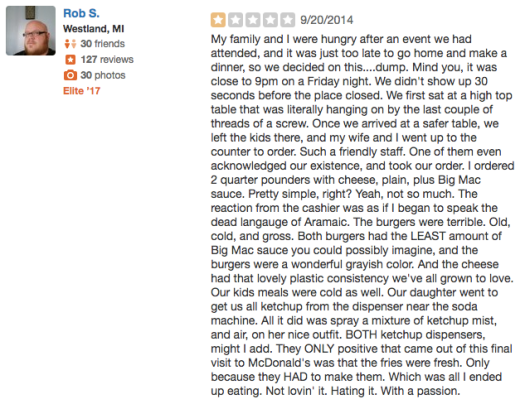
And finally, it’s very important to Jake G. that everyone knows that Burger King fucked up his lemonade.

So in summary, the people of Westland are responsible for having no more than three somewhat quality places to eat. They are to blame. As you can tell from their history, they have standards and by standards I mean they must have their meals served to them by a familiar name in terrible mass produced fashion. Even then if you don’t give them what they are used to it will be blasted all over the internet which is enabled by a wonderful website called Yelp. Newer, more high end restaurants or even restaurants taking chances have no shot at making it in Westland because the people know what they want and they want it the same every single time. Why would any quality restaurant move in when cities like Dearborn, Plymouth, Ann Arbor and Detroit are a drive away and are home to people who will support good food?
So last thing, there is no defending Westland. It is the worst food city in the entire country.


